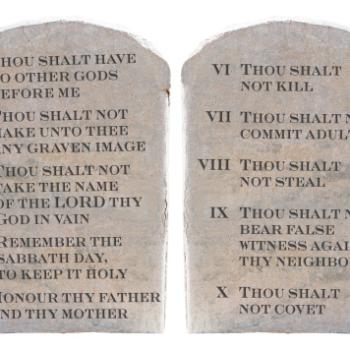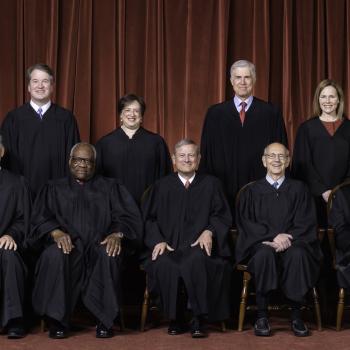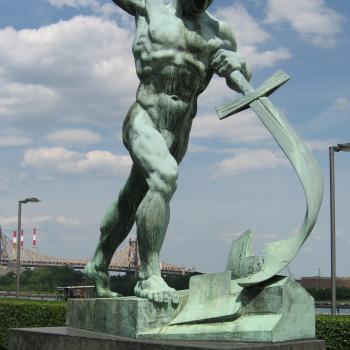[For an explanation of these 18 posts, see Part 1 published on 3/27/2019.]
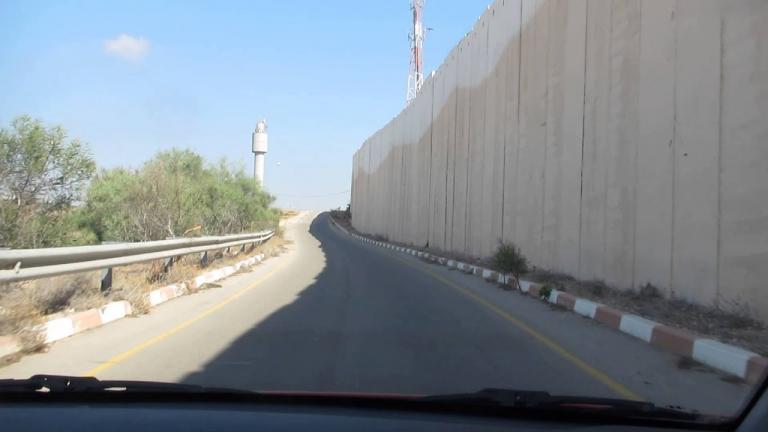 Israel, Egypt, and Gaza Fences and Walls
Israel, Egypt, and Gaza Fences and Walls
In 1996, Israel attempted to improve its security by completing a wire fence with posts and sensors along its entire border with the Gaza Strip.
In mid-2007, Israel’s army revealed the nation’s plans to construct another electric security fence. This one was along its entire 135-mile southern border that it shares with Egypt. That is where Israel’s Negev wilderness meets Egypt’s Sinai Peninsula. This sophisticated electric fence would include sensors and some physical barriers.
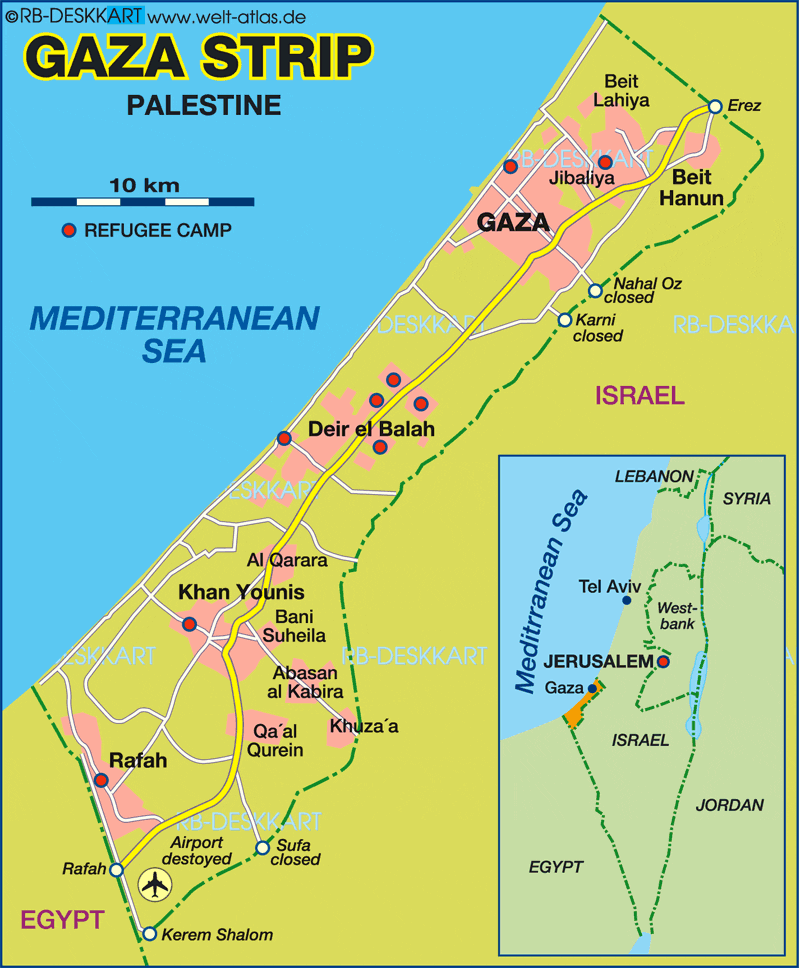 The reason given for this fence was that this Israel-Egypt border has always been relatively unguarded and thus vulnerable to infiltration into Israel by drug smugglers, illegal workers, refugees, and Palestinian suicide bombers. Ever since the Israel-Egypt Peace Treaty was signed, in 1979, the UN maintained a security buffer zone along this border. But its peace-keeping operation was incapable of preventing illegal crossings.
The reason given for this fence was that this Israel-Egypt border has always been relatively unguarded and thus vulnerable to infiltration into Israel by drug smugglers, illegal workers, refugees, and Palestinian suicide bombers. Ever since the Israel-Egypt Peace Treaty was signed, in 1979, the UN maintained a security buffer zone along this border. But its peace-keeping operation was incapable of preventing illegal crossings.
In late 2009, Egypt and the U.S. began building a seven-mile, steel-concrete wall along the border of Egypt and the Gaza Strip. Its purpose was mostly to prevent Islamic militants from infiltrating into Egypt to do it harm. But it would also help prevent the smuggling of weapons from Egypt’s Sinai Peninsula into the Gaza Strip.
Palestinians have built many tunnels from the Gaza Strip into both Israel and Egypt. So, Israel recently announced that it was going to build an underground wall around the Gaza Strip.



